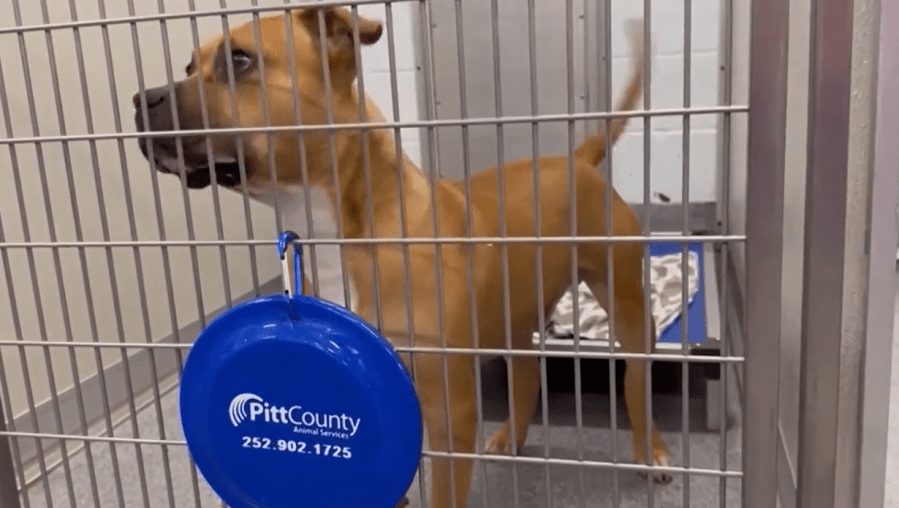Rising Temperatures and Stray Animal Numbers
As the summer heat continues to rise, so does the number of stray animals being brought into local shelters. This trend has led to a significant increase in the number of animals seeking refuge in these facilities. Some shelters are now reaching capacity and are unable to accept new animals, which has sparked discussions about community responsibility and the need for better regulations around pet ownership.
Pitt County Animal Services has been experiencing a surge in the number of animals coming in during this hot season. However, they have also seen an encouraging increase in adoptions. To help address the issue, the shelter held a special promotion on Saturday, July 19th, offering cats at half price. The goal was to find more permanent homes for the animals currently in their care.
While the adoption numbers are positive, the director of Pitt County Animal Services, Tiffany Peterson, emphasizes that the underlying problem is more complex. She points out that there are not enough ordinances in place across different townships and cities regarding the number of animals people can own or who can breed them. Without clear guidelines, she explains, it becomes easy for pet populations to grow unchecked, leading to more animals entering shelters.
Peterson highlights the importance of spaying and neutering pets as a critical step in managing overpopulation. “There’s a misconception that animal control will take care of everyone’s problem, but we can’t,” she said. “We’re full, and we’re seeing more and more animals coming in. We need the community’s help: keep your dogs and cats contained, get them spayed or neutered, and help reduce the number of animals entering our shelter.”
In addition to promoting responsible pet ownership, the shelter is working on expanding its services. One of the key initiatives is restarting a TNR (Trap-Neuter-Return) program. This approach is designed to manage the stray cat population in a more sustainable way by trapping, neutering, and returning the animals to their original environment.
“There are some things I’ve been working really hard on — trying to get a TNR program started again,” Peterson explained. “It’s taking time, but we’re hoping to get things moving soon.”
The challenges faced by shelters like Pitt County Animal Services underscore the need for a collective effort from the community. By taking responsibility for their pets, supporting adoption efforts, and advocating for stronger regulations, residents can play a vital role in reducing the number of stray animals and ensuring that shelters can continue to provide necessary care.
As the summer progresses, the focus remains on finding long-term solutions to the growing issue of stray animals. With continued support and awareness, the hope is that communities can work together to create a safer and more humane environment for both pets and people.







